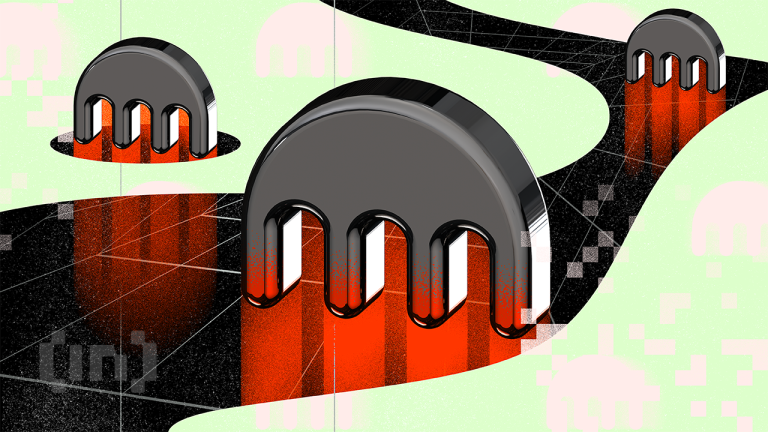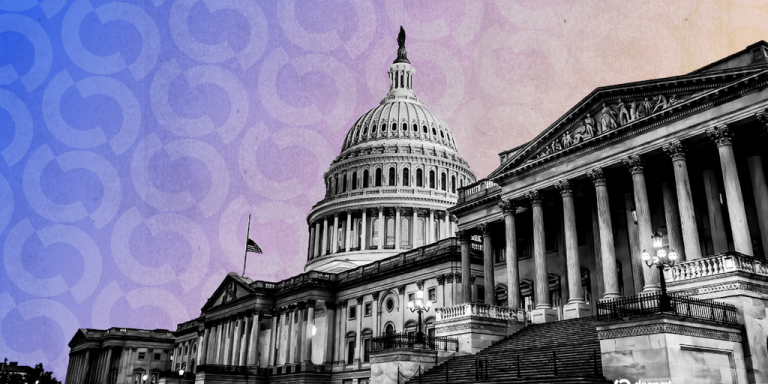
Mindfulness Practices for Stress Relief
Mindfulness practices have been shown to be effective in reducing stress and anxiety. By incorporating mindfulness into your daily routine, you can improve your overall well-being and quality of life.
What is Mindfulness?
Mindfulness is the practice of being present and fully engaged in the current moment. It involves paying attention to your thoughts, feelings, and sensations without judgment or distraction. Mindfulness can be practiced through various techniques, including meditation, yoga, and deep breathing exercises.
Meditation for Stress Relief
Meditation is a powerful mindfulness practice that can help reduce stress and anxiety. By focusing on your breath or a mantra, you can calm your mind and body. Regular meditation practice has been shown to decrease cortisol levels, blood pressure, and heart rate, all of which are associated with stress.
Yoga for Stress Relief
Yoga is a combination of physical postures, breathing techniques, and meditation that can help reduce stress and anxiety. Yoga has been shown to decrease cortisol levels, improve mood, and enhance cognitive function. By incorporating yoga into your daily routine, you can improve your overall well-being and reduce stress.
Other Mindfulness Practices for Stress Relief
In addition to meditation and yoga, there are other mindfulness practices that can help reduce stress and anxiety. These include deep breathing exercises, progressive muscle relaxation, and mindfulness walking. By incorporating these practices into your daily routine, you can improve your overall well-being and reduce stress.
Tips for Incorporating Mindfulness into Your Daily Routine
Incorporating mindfulness into your daily routine can be simple and easy. Here are some tips to get you started:
- Start small: Begin with short mindfulness practices, such as 5-10 minute meditation sessions or a few deep breathing exercises.
- Be consistent: Incorporate mindfulness into your daily routine, such as first thing in the morning or before bed.
- Find a quiet space: Identify a quiet space where you can practice mindfulness without distraction.
- Use guided recordings: Use guided recordings, such as meditation apps or YouTube videos, to help you get started with mindfulness practices.
Conclusion
Mindfulness practices are a powerful tool for reducing stress and anxiety. By incorporating mindfulness into your daily routine, you can improve your overall well-being and quality of life. Remember to start small, be consistent, and find a quiet space to practice mindfulness. With regular practice, you can reduce stress and improve your overall health and well-being.




